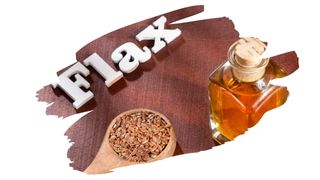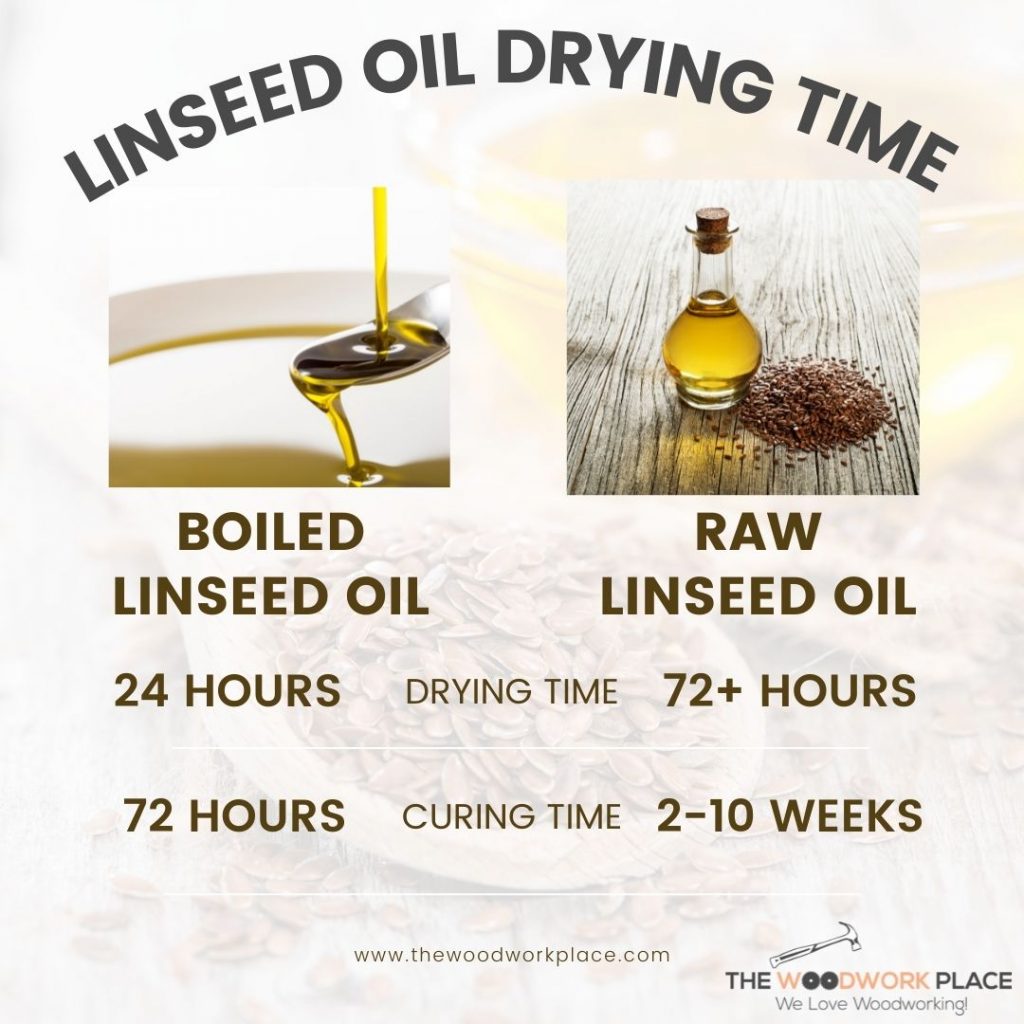Okay, so you’re here because you’ve heard that thinning linseed oil will help it really soak into wood. Just mix it with some mineral spirit and you’re away… seems simple right?
Well, the aim of coating on linseed oil is so that it protects and strengthens wood, both inside and out. So the deeper it can go, the better.
And blending linseed oil with a thinning agent, (such as Turpentine, Acetone or Mineral Oil), is the simplest way to make this particular oil finish less thick and viscous. Which in turn, should help linseed oil to sink right down into that wooden board.
But can you mix linseed oil with mineral spirits in the first place?
Yes, you can mix and blend linseed oil together with mineral spirits. It is a great way to encourage pure linseed oil to dry faster. However, you do not need to thin out boiled linseed oil as this oil finish already has solvents added to it that are designed to help it dry quickly.
Now, what if drying time isn’t your concern, and instead you plan on thinning linseed oil to help it soak into wood.
Well, you may be setting yourself up for a lot of extra work (with little to no extra benefit at all). Why? Lets get into it…

This post may contain affiliate links to products that we receive a commission for (at no additional cost to you). Learn more here.
First Off, Does Linseed Oil Need To Be Mixed At All?
It depends on you’re reason for adding that solvent.
If you’re mixing pure linseed oil in an attempt to help speed up the drying process of this oil finish, then a thinning agent will help.
In fact boiled linseed oil dries so much faster than pure linseed oil precisely due to the solvents that have been added to it.
Related Post: How To Make Linseed Oil Dry Faster (What You Need To Know)
However, if you’re mixing pure (or boiled) linseed oil in the hopes that the thinning agent will help the finish sink deeper into wood, then that thinning agent will not help.
There is a widespread belief in the woodworking community that thinning oil finishes will make it much easier for them to soak into wood. But, that is not really the case.
Instead, all a thinned out oil finish does is simply penetrate wood unevenly. Which means that by thinning linseed oil, you will need to apply more coats of it (compared to a pure oil finishing coat).
The idea that thinning linseed oil significantly increase penetration simply isn’t the case (although it can appear like it does).
When it comes to linseed oil penetration depth, the most important factor is the type of wood grain it is being applied too (not the type of thinning agent). Some wood types soak up oil finishes better and more efficiently than others.
Is Linseed Oil The Same As Mineral Spirits? No, linseed oil is a very, very slow drying natural oil. While mineral spirits (sometimes referred to as white spirit) is a petroleum-based chemical solvent.
Related Post: Can You Really Varnish Over Linseed Oil?
I Just Want To Speed Up Drying Times. What Can I Mix Linseed Oil With For Wood?
Most thinning agents can work with linseed oil; this oil finish really isn’t all that picky.
So, Mineral Spirits, Turpentine, Varnish, Acetone and even Paint Thinner will work.
Turpentine used to be the thinning agent of choice, but other agents came along that were cheaper and just as effective.
For example, mineral spirits are cheaper than turpentine. And both mineral spirits and paint thinner give off less of a strong smell than turpentine too.
Related Post: Can You Use Mineral Spirits Before Wood Stain?
So, What Is The Best Ratio Of Raw Linseed Oil To Mineral Spirits?
When mixing pure raw linseed oil with mineral spirit, a straight forward ratio of 1:1 will get the job done.
So, mix 1 part linseed oil with 1 part mineral spirit.
And make sure you blend them in a room that is well ventilated. Don’t be deceived… even odorless mineral spirit can release very high amounts of vapor into the air.
And What Is The Best Ratio Of Boiled Linseed Oil And Mineral Spirits?
Some boiled linseed oil containers will state the required ratio of mineral spirit to linseed oil.
So, always check the instructions on the container first and foremost.
Now, it is worth mentioning here that there is no need to blend boiled linseed oil to help it dry faster. It already dries incredibly fast as is.
Boiled linseed oil takes as little as 24 hours to dry and up to 72 hours to cure. Compare that to raw linseed oil which can take weeks to dry, and months to cure.

Instead, the aim of blending boiled linseed oil is to increase the level of protection it offers. And we do this by adding poly into the mix.
So, in the case of mixing boiled linseed oil, you will need to cut it with two other ingredients; Mineral Spirits and Poly (or a Varnish will do too).
The blend is simply 1 part of each ingredient; 1 part Boiled Linseed Oil, 1 part Mineral Spirits, and 1 part Polyurethane.
Related Post: Boiled Linseed Oil vs Thompson’s Water Seal: Which One Is Better For Wood?
How Long Does Boiled Linseed Oil, Mixed With Mineral Spirits, Take To Dry? It takes 24 hours for this blend to try, and 72 hours for it to cure.
Lets Wrap This Up…
At the end of the day, mixing pure linseed oil with mineral spirits is an easy way to save yourself a fair bit of oil-drying time.
So, you can go ahead and blend these two ingredients together to make yourself a time-saving finish.
However, that’s pretty much all a mineral spirit / linseed oil blend will do. Mixing these ingredients together won’t help linseed oil penetrate wood any further than it already does.
And in the case of boiled linseed oil, it won’t even help that oil finish dry any faster.



